WOAH donates 100,000 rabies vaccines to Mozambique
Sofala: Only 500 of 2,700 classrooms damaged by Cyclone Ida have been rehabilitated
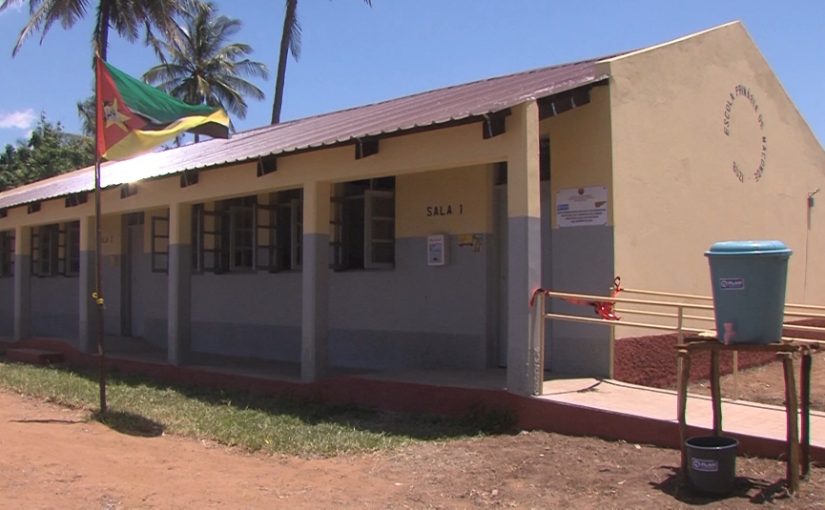
Of the approximately 2,700 classrooms in Sofala province destroyed by Cyclone Idai in March 2019, only 500 have been rebuilt, 20 months later. Another 190 are currently being rehabilitated, a process that, according to the authorities, is costly and depends on the support of partners.
For the Provincial Director of Education in Sofala, Tomás Viageiro, the rehabilitation of schools damaged by Idai is one of the main challenges in access to education in the province.
“At the moment, we have projects which are being evaluated by UNDP, namely from the secondary schools Samora Machel and Mateus Sansão Mutemba in Beira. Our wish is that all classrooms destroyed by Cyclone Idai almost two years ago were now ready for classes,” Viageiro said, ruing the fact that the gap between the wish and reality was so great.
“This desire is nothing more than a dream, as we do not have the financial capacity to do it. We need to wait for support from partners. It is a major hurdle to the teaching and learning process. The great challenge, at this moment, is to ensure that all students study, even within the scope of the ‘new normal’” engendered by the coronavirus pandemic.
Of the 500 classrooms rehabilitated, six belong to three primary schools in the Búzi district and were delivered last Wednesday, as part of a project called “Education cannot wait” and thanks to Plan International, a humanitarian organisation dedicated to child-centred community development.
The rehabilitated classrooms will benefit approximately 2,100 students and 46 teachers who taught for several months under canvas and saw the teaching and learning process constrained by both rain and intense sunlight.
The local community witnessing the handover ceremony was extremely happy. “The physical aspect of the school will certainly attract our children. It is important that conditions improve to captivate students. Fortunately, for the first time we have a school with decent toilets and water. It now remains to improve conditions for the teachers, some of whom walk for about three hours a day between their homes and schools just to teach,” said Mucanessa village head João Chissua, where the rehabilitated school infrastructure came back into service.
By Francisco Raiva


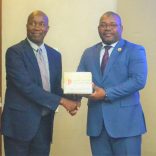
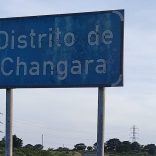
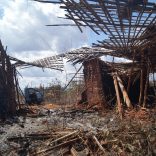
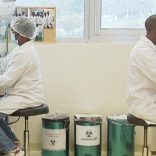
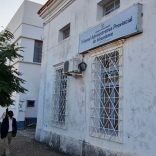
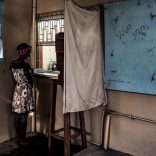

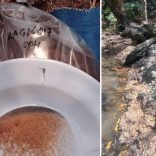



Leave a Reply
Be the First to Comment!
You must be logged in to post a comment.
You must be logged in to post a comment.